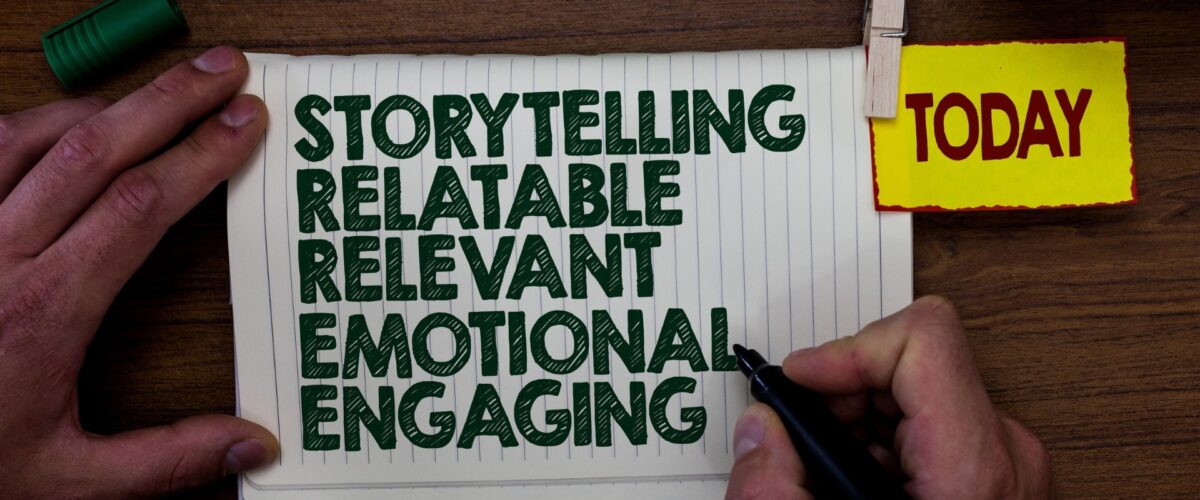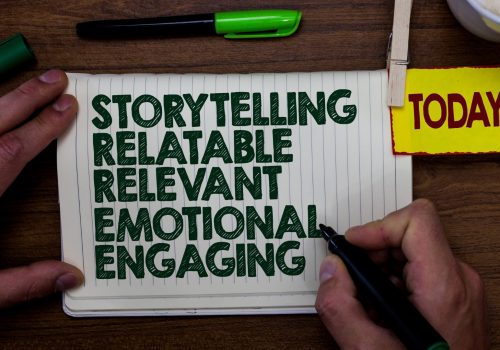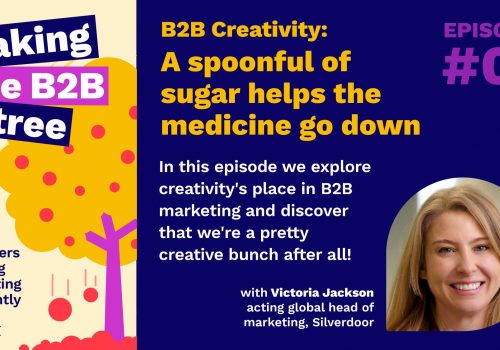In B2B, decisions are often viewed through a rational lens. We talk about objectives, KPIs, and, crucially, ROI. But behind every business decision is a person. Many B2B marketers face mounting pressure to deliver measurable results, often while navigating buyer journeys and evolving expectations. According to the 2025 State of B2B Pipeline Growth Report, 52% of UK marketers admit they are making only limited progress toward their pipeline goals, despite increased budgets.
Research consistently shows that emotional content drives deeper engagement. For example, ads that evoke above-average emotional responses can lead to a23% in potential sales. For B2B marketing, where decisions are often complex and high-stakes, storytelling that taps into real human experiences can cut through the noise and build lasting connections.
At Skout, we’ve seen this firsthand across a wide range of campaigns – and we’ve even compiled our favourite techniques in our 50 Natural Story Sources guide, which helps businesses uncover the authentic stories that resonate most.
Logic makes people think, emotion makes them act
Let’s be absolutely clear: facts, data, and credentials absolutely matter in B2B. Powerful and insightful data can be leveraged in PR and marketing, but it is the story you wrap around the data that makes people care.
For example, a SaaS provider may have helped a client reduce their system downtime by 40%. On its own, this is a notable achievement, but what does it mean for the people involved? Did it save someone from being on call 24/7? Did it give an overwhelmed and overstretched IT director breathing space to focus on more important priorities? These human details can be the difference between bland and brilliant.
The myth that emotion doesn’t belong in B2B
All too often, there’s still a lingering perception that emotion is too soft and too ‘consumery’ for B2B. However, this is a myth. Research found that B2B buyers are almost 50% more likely to buy a product or service when they see the personal value in their purchasing decisions. Why, you might ask? Because B2B purchases often involve a higher level of risk, and with higher risk comes a greater need for trust. Emotive storytelling builds that trust. It shows empathy. It signals that you understand not just the problem, but the real-world context surrounding it.
Story foraging: Finding the gold within your business
At Skout, we know that no two B2B organisations are the same, and we know that the most powerful stories come from what makes you and your business unique. That’s why we take a strategic approach to story foraging and ideation, working closely with your teams to uncover the ideas, perspectives, and experiences that sit at the heart of your business.
Through targeted workshops, interviews and insight gathering, we work to develop and draw out stories that go beyond surface-level messaging. We find the real-life proof points that shows how your business solves problems and delivers value.
This feeds into our wider PR and marketing activity, giving campaigns stronger foundations, sharper messaging, and a clear, consistent voice.
What makes a good B2B story
A strong B2B story doesn’t need to be flashy, but it does need to be focused, relevant, and rooted in reality. The best stories give your audience something to connect with and remember, helping them see your brand not just as a service provider, but as a trusted partner. Here’s what makes a good story stand out:
- A clear narrative thread: Every good story has structure. Start with a challenge or change, move through the journey, and land on a meaningful outcome.
- A human perspective: Put people at the heart. Whether it’s a customer, an employee, or a stakeholder, human voices bring credibility and relatability.
- Authentic insight: Real experiences and evidence make stories more persuasive. Include detail that reflects your world and the problems you’re solving.
- Emotional relevance: Consider what your audience cares about. Is it making their job easier? Impressing their boss? Driving innovation? Tap into that.
- Strategic alignment: A good story shouldn’t just sound good, it should support your wider marketing and comms goals. What do you want the audience to think, feel, or do after reading it?
Make your message matter
In a crowded market, being clear about what you do is essential. But to stand out, you need to be compelling. That’s where emotive storytelling excels. Are you telling stories that inform or stories that inspire? Are you leading with specs and product features, or with people and outcomes?
We’ve helped many businesses uncover and craft the stories that bring their values to life. Stories that build connections, inspire action, and drive results. From tech innovators to professional services firms, our work has shown how powerful storytelling can be in B2B PR and marketing. Look at the range of organisations featured in our case studies, where emotion and authenticity have played a key role in helping brands stand out. Because while logic may get you noticed, it’s emotion that gets you chosen.
Find out how we can help identify and forage the ‘real’ stories within your business here.












